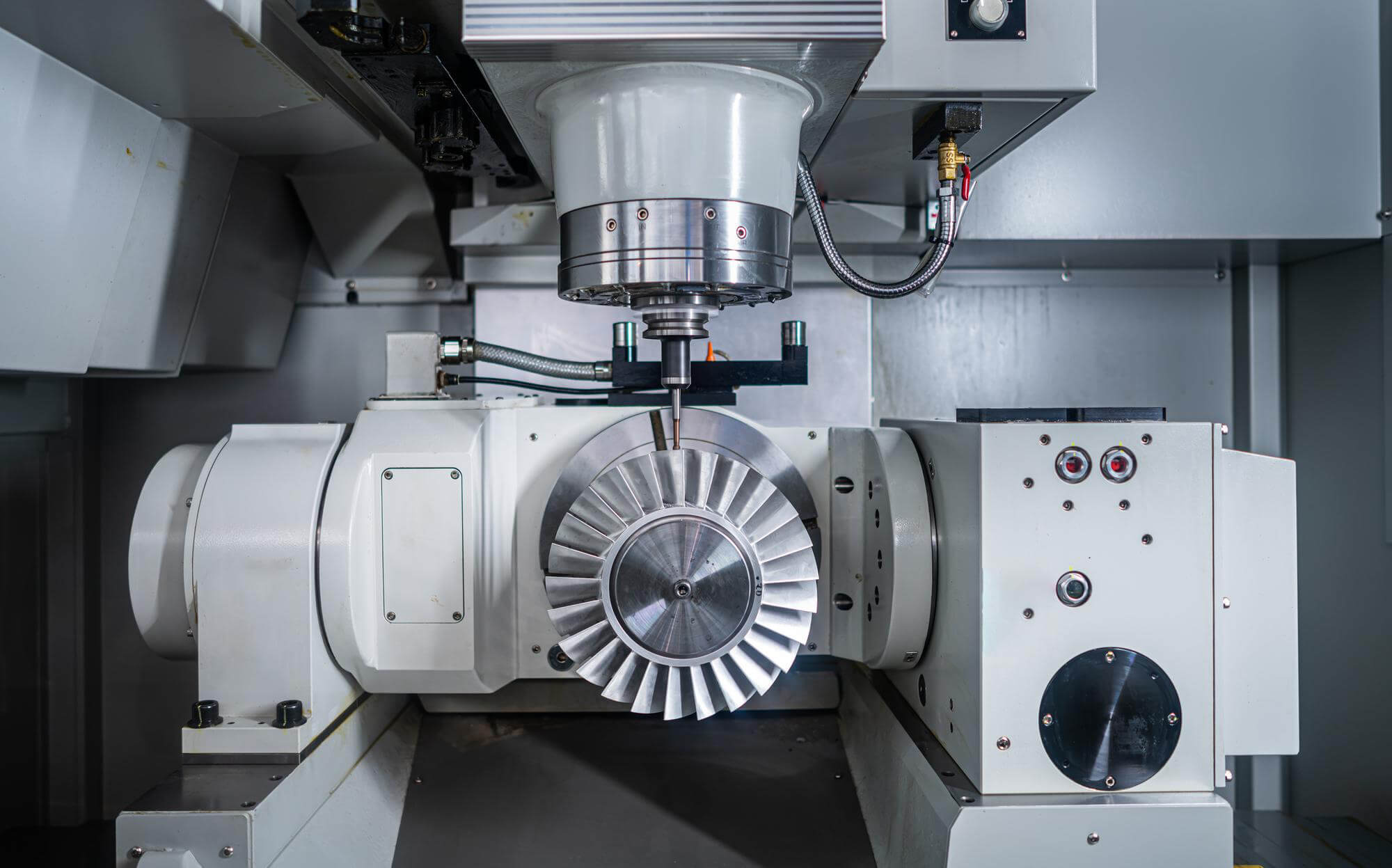CNC machining can seem like a complex dance of metal and math, but getting the spindle speed right is one of the keys to making everything work smoothly. The spindle speed, or how fast the spindle rotates, is crucial for cutting materials effectively without damaging tools or workpieces. Here’s a guide to make calculating the perfect spindle speed easy and fun.
The Basics of Spindle Speed
When programming a CNC machine, the spindle speed depends on the material you’re working with and the diameter of the cutting tool (for milling machines) or the workpiece (for lathes). The general rule is simple: the larger the diameter, the slower the spindle speed in revolutions per minute (r/min). This isn’t something you can guess; it has to be calculated to ensure the speed matches the programmed diameter, avoiding negative impacts on both the tool and the workpiece.
Cutting Performance of Materials
Every material has a recommended cutting performance index, which can be given as a percentage of common materials like low-carbon steel or as a cutting (surface) speed directly. In the imperial system, this surface speed is in feet per minute (ft/min), while in the metric system, it’s in meters per minute (m/min).
The cutting tool material also plays a significant role. High-speed steel tools have lower surface speeds compared to carbide tools. Here’s how you can calculate spindle speed based on surface speed and tool diameter.
Calculating Spindle Speed in Imperial Units
To calculate spindle speed (r/min) in imperial units, you need the tool or workpiece diameter and the surface speed of the cutting tool material:
r/min = (12 * surface speed) / (π * diameter)Where:
- r/min is the spindle speed,
- 12 is the conversion factor (inches to feet),
- surface speed is in ft/min,
- π (pi) is approximately 3.1415927,
- diameter is in inches.
Example Calculation:
If the surface speed is 150 ft/min and the tool diameter is 1.75 inches, the calculation would be:
r/min = (12 * 150) / (3.1415 * 1.75) ≈ 327.4You can simplify the formula for practical use without a calculator:
r/min = 3.82 * surface speed / diameterIn less critical calculations, you can approximate the constant 3.82 to 4 for simplicity.
Calculating Spindle Speed in Metric Units
The logic for metric units is similar but uses different conversion factors:
r/min = (1000 * surface speed) / (π * diameter)Where:
- r/min is the spindle speed,
- 1000 converts meters to millimeters,
- surface speed is in m/min,
- π (pi) is approximately 3.1415927,
- diameter is in millimeters.
Example Calculation:
If the surface speed is 30 m/min and the tool diameter is 15 mm, the calculation would be:
r/min = (1000 * 30) / (3.1415 * 15) ≈ 636.6You can also simplify this formula:
r/min = 318.3 * surface speed / diameterFor quick, non-critical calculations, you might round 318.3 to 320 or even 300.
Practical Examples and Tips
When setting up your CNC machine, it’s essential to input these calculations correctly to avoid errors. Mixing imperial and metric units in the same program can lead to significant mistakes. Consistency is key.
Here’s a table to summarize the typical commands and their functions:
| Command | Function | Example |
|---|---|---|
| S | Spindle Speed Address | S600 |
| M03 | Spindle Rotate Clockwise | M03 |
| M04 | Spindle Rotate Counterclockwise | M04 |
Application Examples
Example A: Milling Application
Combining spindle speed and rotation direction with the approach to the workpiece:
N1 G20
N2 G17 G40 G80
N3 G90 G00 G54 X14.0 Y9.5
N4 G43 Z1.0 H01 S600 M03Example B: Separate Commands
While technically correct, separating speed and direction commands is less efficient:
N1 G20
N2 G17 G40 G80
N3 G90 G00 G54 X14.0 Y9.5 S600
N4 G43 Z1.0 H01 M03Example C: Non-Sequential Approach
Starting rotation without an immediate speed command can lead to issues:
N1 G20
N2 G17 G40 G80
N3 G00 G90 G54 X14.0 Y9.5 M03
N4 G43 Z1.0 H01
N5 G01 Z-0.1 F50.0 S600By understanding and accurately calculating spindle speed, you can significantly improve the efficiency and quality of your CNC machining parts. Remember to consider the material, tool diameter, and always use the correct units. With these tips, calculating the perfect spindle speed becomes an easy and essential part of CNC machining.
Other Articles You Might Enjoy
- CNC Machining Parts: The Art of Spindle Speed and Direction Control
CNC machining is a fascinating world where precision meets creativity. At the heart of this intricate dance is the spindle, a critical component that dictates the success of machining parts.…
- Precision CNC Machining of Steel: High-Volume Production
Precision CNC Machining and High-Volume Production As an integral part of modern manufacturing processes, Precision Computer Numerical Control (CNC) machining brings about unmatched accuracy and consistency in the production of…
- Optimizing for Speed: Lightweight Materials in High-Speed CNC Machining
Introduction to CNC Machining and the Importance of Speed Optimization In the manufacturing industry, Computer Numerical Control (CNC) machining plays a crucial role. It is a process employing computerized devices…
- Material Versatility in CNC Machining: From Titanium to Thermoplastics
Introduction to CNC Machining CNC machining stands as a cornerstone in the manufacturing sector, enabling the precise creation of parts and components. This process utilizes computer numerical control (CNC) to…
- Key Machine Functions in CNC Machining: Coolant, Spindle, Gear Range, and Accessories Analysis
One critical aspect of CNC programming is the use of M codes, which control various machine functions such as spindle rotation, coolant flow, gear range selection, and the use of…
- Unlocking the Secrets of CNC Machining Parts with Spindle Rotation Control
CNC machining is a blend of art and science, and mastering spindle rotation control can significantly enhance the quality and efficiency of machining parts. Whether you're working with a CNC…









